A presser foot is a pertinent part of a sewing machine since it holds the textile while stitching the fabric.
It stabilizes the textile so that during the sewing part, the textile will be steady and not affected by the machine’s movement.
If you’re wondering what shanks to use with your sewing machine, well the answer to that will be “it depends”.
There are many factors that must be considered in choosing the best shank that will fit on your sewing machine.
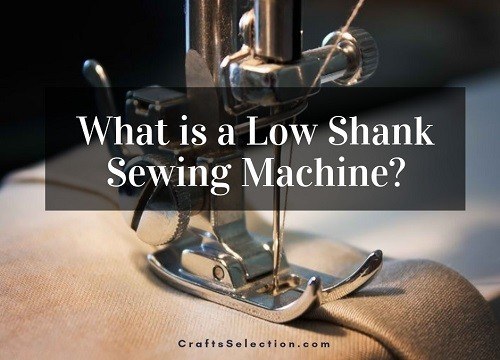
In this context, I will give you hints and references in choosing the perfect fit for your sewing machine, knowing what’s a high shank as well as what is a low shank sewing machine.
However, you should fully understand first the kinds of shanks according to their attachment and sizes.
What are the Kinds of Shanks?
Two Types of Shanks
In terms of comparing the shanks as to their attachments, there are two kinds namely the foot screw and snap on.
When you need to fix the shank on the sewing machine by means of tightening and twisting it, therefore, it might fall under the foot screw type.
On the other hand, if the shanks can be easily attached to the sewing machine and no need to tighten it but just to instantly install it; hence, it is referred to as the snap on.
Size of Shanks
When it comes to the sizes, there are also some types that can be categorized as the high shank, low shank, and slant shank.



A high shank normally measures 1 to 1 ¼ inch length from the screw down to the bed of the shank.
On the contrary, a low shank usually measures ¼ to ½ -inch length from the screw down to the bed of the shank.
Lastly, the slant shank typically has 1 1/8 to 1 ½-inch length from the screw down to the bed of the shank in a diagonal form.
How to Choose the Best Fit of Shank to Your Sewing Machine?
Sizes really matter when it comes to the shanks of a sewing machine because the size will determine if the sewing machine will work properly to your textile.
If you’re wondering how can you identify whether your sewing machine uses a high or low shank, you may have several options to try in measuring the size of the shank.
Read the Manual Carefully
Place the manual of your sewing machine in a designated area wherein you can easily find it. Refer to the manual whenever you need to read it again to confirm some parts of your sewing machine.
For instance, if you want to know the size of the shank to use on your sewing machine, you may refer to the manual.
Just in case you lost the manual, you may still come up with some tricks on how you will measure the length of your shank by trying out these 3 techniques mentioned below.
Measure the Size of the Shank
Generally, a low shank has a ¼ to ½ -inch length from the screw hole down to the bed of the shank so you can use a measuring tape or ruler to logically find its true length.
In this way, you can have an assurance on what size of the shank to buy or to fit on the sewing machine so that your stitches will be efficient and stable.
Get to Know the Right Shank for Classic and Modern Sewing Machines
You must know the acquisition date and model of your sewing machine because it can tell what shanks are compatible with your sewing machine.



Usually, classic sewing machines are using low shanks while the modern ones have higher shanks.
However, modern sewing machines with higher shanks are technically expensive.
Find List of Brands with Corresponding Shanks
Make sure to know the brand of your sewing machine because it greatly affects the size of the shank that you will use in the stitching process.
The Verdict
Is the topic insightful to you? I hope this subject help you a lot when it comes to the best way of choosing and measuring the shank of your sewing machine as well as to have some ideas on the functions of the shank. You must now know the different kinds and types of the shank.
As a summary, you must read the manual carefully in selecting the shanks, measure the size of the shanks, know the appropriate shank for a classic and modern style sewing machines, and lastly, find the lists of brands with specific shank’s sizes.
Keep in mind that shank is an important part of the sewing machine that handles the stability of the fabric thereby, creating consistent stitches and efficient sewing strategy to produce a voguish textile with beautiful ornaments and stitches.
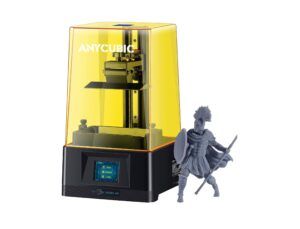
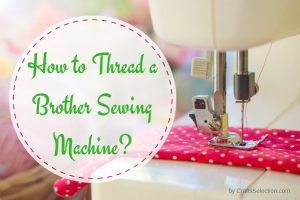
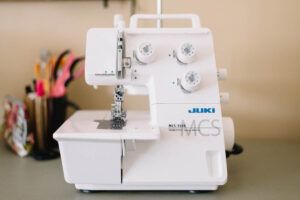


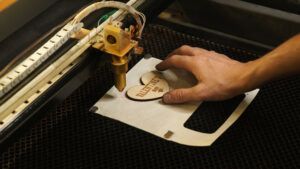
Great page, thank you.